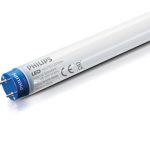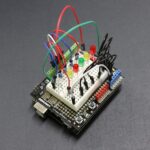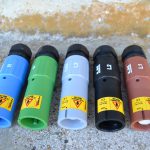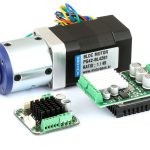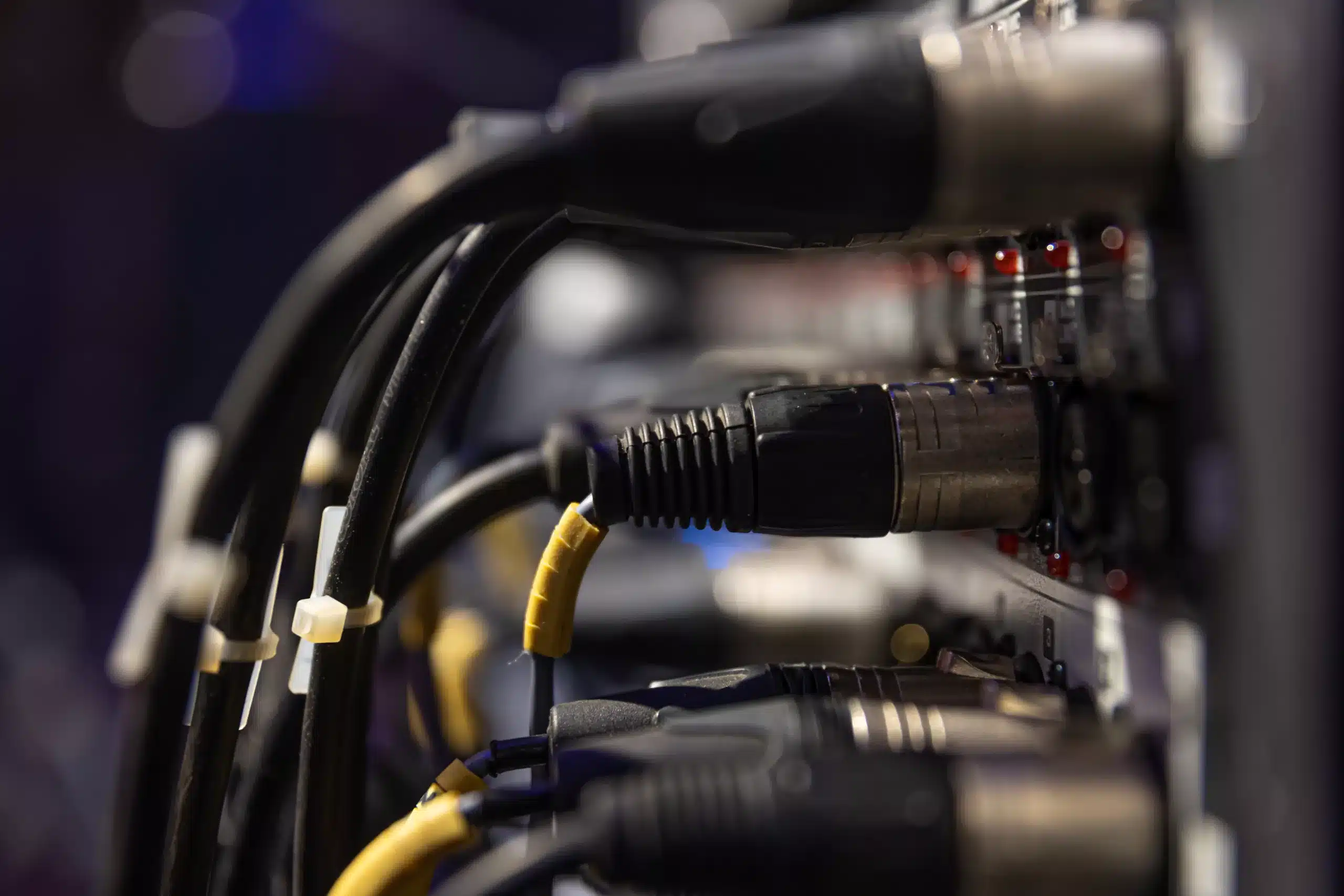
Introduction
Radio Frequency (RF) cables are crucial components of wireless communication or electronic systems. Whether setting up a home network, designing an industrial automation system, or working on RF testing and measurement equipment, selecting the suitable RF cable is essential for optimal performance with minimal signal loss or interference. Though, these cables come in multiple types with varied specifications available. Therefore, it can be challenging to make the right choice among such a large number of cable types. This step-by-step guide walks you through the process of choosing the right RF cable for your specific needs.
The Need for Considering Selection Criteria for the Right RF Cables:
Selecting the right RF cable is essential for maintaining signal integrity and system performance. Taking the time to carefully assess your requirements and consider all relevant factors will help ensure a successful installation. Choosing the appropriate RF cable is essential to save you time and money, minimise signal loss, prevent interference, and, most notably, help you make informed decisions about your particular application needs and performance expectations.
Crucial Steps for Selecting the Right RF Cables:
Ascertaining the necessary selection parameters of the right RF cables facilitates users with optimal performance in various applications. Before buying your specific RF cable, ensure you check for the following parameters (steps):
Step 1: Understand Your Application Requirements
One of the foremost considerations includes having a clear understanding of your application. Different applications require different types of RF cables. Ask yourself:
- What is the frequency range of the signals I will transmit or receive?
- Is the environment where the cable will be used indoors or outdoors?
- Will the cable withstand harsh environmental conditions, such as extreme temperatures or moisture?
- Do I need a flexible cable for routing purposes, or can I use a rigid cable?
Answering these questions will provide you with a solid foundation for selecting the appropriate RF cable.
Step 2: Determine the Frequency Range
RF cables are designed to operate within specific frequency ranges. Knowing the frequency range of your signals is critical–dictating the type of cable you should choose. Common RF cable types and their frequency ranges include:
- Coaxial Cables – Suitable for multiple frequencies, with variations like RG-6 for lower frequencies and RG-58 for higher frequencies.
- Semi-Rigid Cables – Ideal for higher frequency applications.
- Flexible Cables – Offer flexibility for routing and are used across various frequency ranges.
Step 3: Consider Environmental Factors
The environment where the RF cable will be deployed plays a significant role in the selection process. Consider the environmental factors, such as indoor or outdoor, temperature ranges, and chemical exposures of the cable.
Step 4: Evaluate Cable Flexibility
Cable flexibility is an important consideration, especially regarding routing and installation. Flexible cables are easier to work with in tight spaces and around corners, but they may not be suitable for high-power applications. Rigid cables are more durable and can handle higher power, but they are less flexible. Make sure to strike a balance between flexibility and performance based on your specific needs.
Step 5: Power Handling Capacity
Depending on your application, you may need to transmit or receive high-power signals. In such cases, it’s crucial to choose an RF cable with adequate power handling capacity. Be sure to check the cable’s specifications for power handling ratings and select a cable that can safely carry the power levels required without signal degradation or damage.
Step 6: Connector Compatibility
The connectors at the RF cable’s ends are just as important as the cable itself. Ensure that the connectors match the requirements of your equipment. Common RF connector types include BNC, SMA, N, and TNC. Verify that the connectors on your cable are compatible with both your equipment and the cable type you’ve chosen.
Step 7: Quality and Budget Considerations
While cost may be a factor in a decision, it’s essential not to compromise on the quality of the RF cable. High-quality cables are more reliable, have better shielding, and offer improved signal integrity. Balancing your budget constraints with the need for a quality cable is essential to ensure the long-term performance of the RF system.
Step 8: Seek Expert Advice
When unsure about any aspect of selecting an RF cable, feel free to seek advice from experts in the field. Consult with RF engineers or specialists to provide guidance based on your specific requirements. They can help you navigate the technical details and make an informed decision.
Concluding Remarks
Choosing the right RF cable involves a series of considerations, from understanding your application’s needs to evaluating frequency ranges, environmental factors, cable flexibility, power handling, connector compatibility, and budget constraints. By following this step-by-step guide, one can ensure the proper RF cable selection meets the demands of particular projects and delivers reliable performance.






